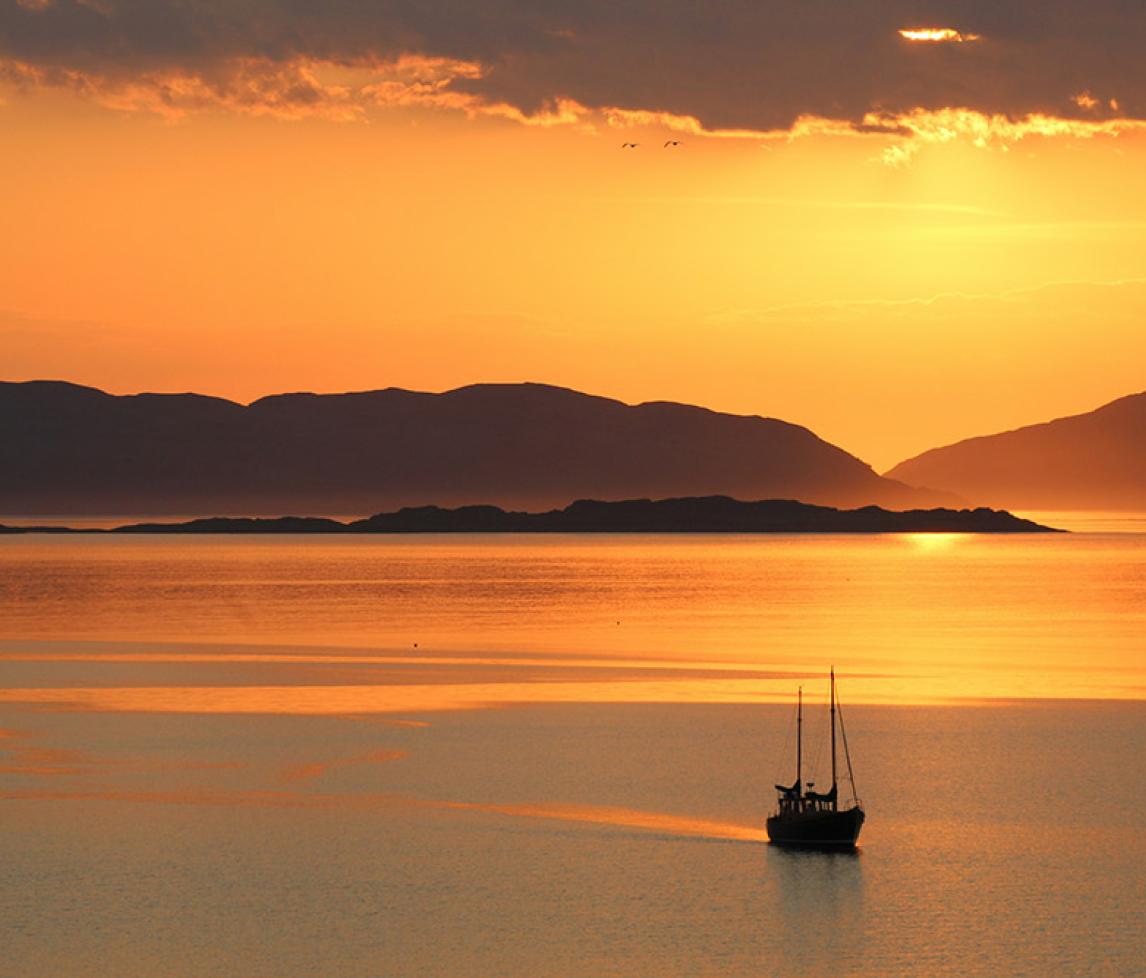Mitigating climate change may help us reduce the amount of warming, but some global warming is inevitable, and there is growing evidence that it is already happening (see 'Observed impacts'). This means that we have to learn to live in a world with a different, and perhaps rapidly changing climate. This is what is meant by climate change adaptation.
The overall aim of adapting to climate change is to reduce our vulnerability to the effects of climate change. For instance, protecting people in low-lying coastal areas from the risks of sea level rise.
Another term often used is 'resilience'. Adaptation can mean increasing our resilience to climate change impacts. In simple terms, when vulnerability decreases, resilience increases.
Generally adaptation is concerned with protecting people and the things we rely on, such as natural resources (e.g. fish stocks, agricultural lands, water supplies) and infrastructure (roads, buildings, communications networks, etc.).
In order to adapt to climate change we must understand its effects. So, scientific research into the effects of climate change is very important. Research is used to identify the problem and to answer important questions like 'how big is the problem?', 'who is at most risk?', and 'how long do we have to respond to it?'. Research may also identify possible solutions (adaptation options).
